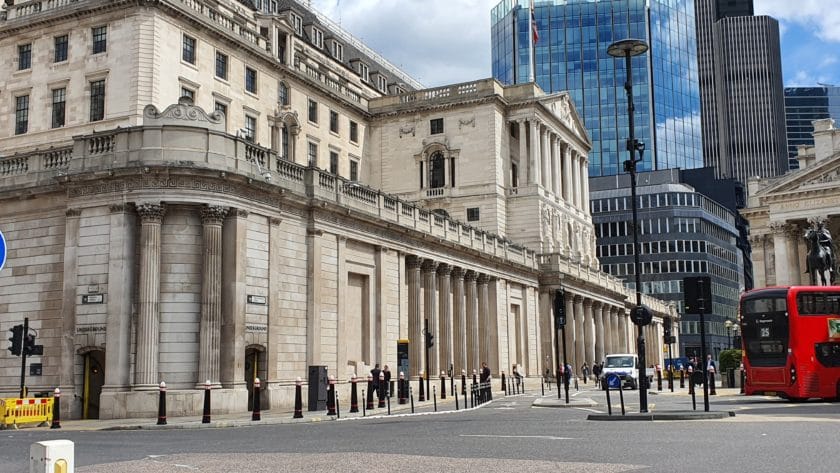Tom Stevenson, Investment Director, Fidelity International, highlights funds to consider as interest rates fall, taken from the firm’s Select 50.
Despite a rise in the headline rate of inflation in August, easing core inflation and wage data suggests the trajectory of prices is still downwards. As the Bank of England takes the significant step of loosening monetary policy for the first time in four years, and with interest rates expected to continue this downward trajectory, many investors are reconsidering their strategies to make the most of the shifting economic landscape.
Falling interest rates can create new opportunities for personal investors. The decline in cash savings rates makes bonds and other income-generating assets more attractive by comparison.
Bonds benefit most directly from falling interest rates because their prices rise as yields drop. While creditworthy government and corporate bonds typically gain value, bonds from other issuers may decline as recession fears increase default risks. The same principle applies to assets with bond-like characteristics, such as utilities, commercial property, and infrastructure.”
The Select 50 includes several funds focused on these types of assets, providing investors with options to navigate changing interest rates.
For those looking to reposition their portfolios, a fund to consider is First Sentier Global Listed Infrastructure, which currently yields 3.3% and invests in infrastructure companies which stand to benefit from lower rates. The fund is open-ended but avoids liquidity problems by investing in the shares of listed infrastructure companies (one holding is Britain’s National Grid) rather than in infrastructure assets themselves.
Another option is International Public Partnerships, an infrastructure investment trust yielding 5.6% and currently trading at a 17.01% discount. This trust offers exposure to essential assets like hospitals and railways, making it a solid choice for those seeking stable income.
On the property side, Balanced Commercial Property Trust yields 5% and is trading at a 18.45% discount, offering potential upside as borrowing costs decrease. Additionally, iShares Environment & Low Carbon Tilt Real Estate Index Fund, yielding 5%, provides a sustainable investment option in the real estate sector. Property and infrastructure investment trusts can benefit in another way from interest rate cuts: they tend to have borrowed money, so falling rates should cut their interest bills. This does not apply to open-ended funds, however, as they do not borrow money.
These funds illustrate how investors can balance potential gains with the risks associated with an uncertain economic outlook. Diversification remains key, and focusing on high-quality, resilient assets is essential. But what do interest rate falls mean for the broader stock market? The answer, unfortunately, is: ‘it depends’.
If central banks are expected to cut rates simply because inflation has been brought under control, it generally benefits the stock market. Lower rates make assets like dividend-paying stocks more attractive and reduce borrowing costs for companies. But things are different if rates are being cut to deal with a recession, investors must weigh the potential benefits against the negative impact on corporate profits and may be inclined to sell shares if they believe a recession is imminent.



































